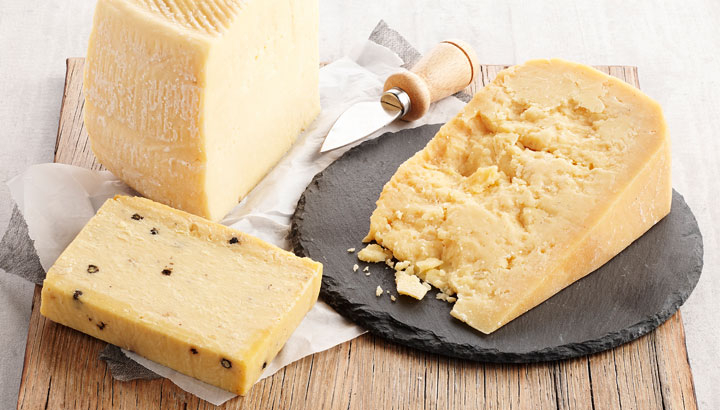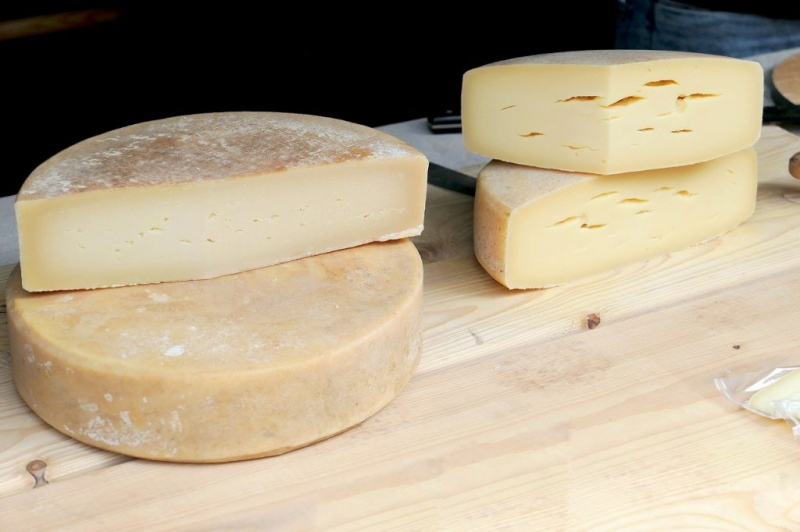Hard cheese

People with lactose intolerance may often eat cheese because the majority of varieties have very little lactose, according to the Australian Dietary Guidelines. Natural cheeses have very little lactose because during the cheese-making process most of the lactose is removed when the curds are separated from the whey (containing most of the lactose).
The amount present in cheese can vary, though, and the oldest cheeses tend to contain the lowest levels. This is because part of the remaining lactose in cheese can be broken down by the bacteria, reducing the amount of lactose present. The longer a cheese is aged, the more lactose the bacteria present is able to get rid of. This shows that aged, hard cheeses frequently have relatively little lactose content. For instance, it is only present in tiny levels in 3.5 ounces (100 grams) of cheddar cheese. Parmesan, Swiss, and cheddar cheeses are low in lactose. Sheep's milk is naturally lower in lactose than cow's milk. Cheese spreads, soft cheeses like Brie or Camembert, cottage cheese, and mozzarella all tend to have more lactose than other types of cheese.






